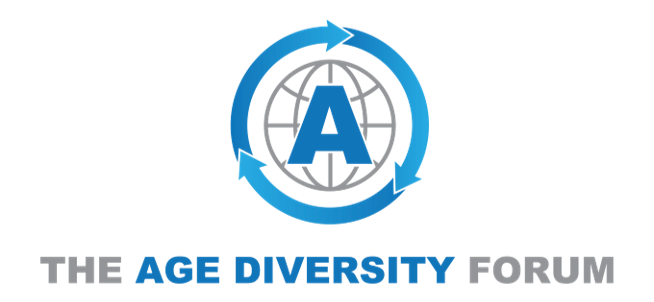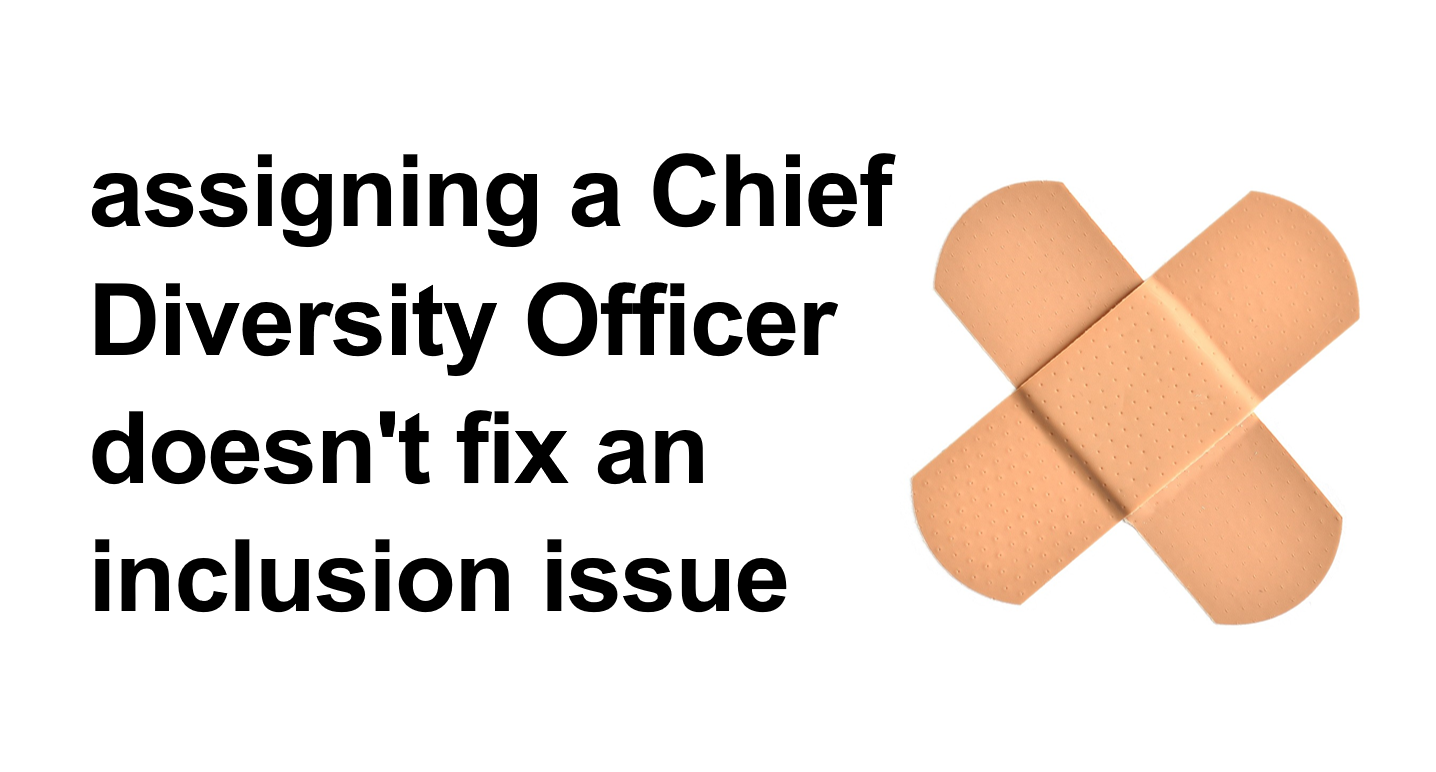Once again, we are grateful for article contributions, this time from Gurinder Ahluwalia, co-Founder and CEO of 280 CapMarkets. Here Gurinder describes a common challenge, where Chief Diversity Officers, quite often have a ‘day-job’ too. It’s great that organisations recognise and appoint internal network sponsors, but perhaps some external support and provision would enable and enhance their efforts to create a more productive and progressive working environment. Over to Gurinder….
“We hear a lot about diversity, equality and inclusion, and with good reason. Our society has come a long way, but more needs to be done for the American workforce to truly reflect the multicultural makeup of America.
Despite the nationwide push for enhancing diversity and inclusion in the workplace, the financial advice industry is one of the least diverse fields. The U.S. Bureau of Labor Statistics reports that only 5% of the 537,000 Americans employed as personal financial advisers last year were African-American, with Asians and Latinos accounting for 6.9% and 6.6% of our country’s advisers, respectively.
“Many CDOs also have another full-time role unrelated to diversity and inclusion”
At first thought, an obvious solution to the lack of diversity in a financial advisory practice might appear to be to hire a chief diversity officer (CDO). Many companies in different industries brought CDOs into their businesses after the creation of the Office of Minority and Women Inclusion (OMWI) in the Dodd-Frank Act. The OMWI was established to monitor and assess the diversity practices and policies at entities regulated by eight federal agencies, including the Securities and Exchange Commission.
However, hiring a CDO is not, on its own, a viable long-term strategy for improving diversity and inclusion.
Research findings published by global search and leadership advisory firm Russell Reynolds Associates in January 2019, said 47% of the companies in the S&P 500 Index have a CDO or an equivalent role in their organizations, and 63% of these CDOs were hired or promoted to their positions in the last three years.
While on the surface these findings look promising, Russell Reynolds found that 53% of the CDOs in S&P 500 companies  hold an additional role unrelated to diversity and inclusion, which can limit the time and resources the person can allocate toward optimizing results. When Russell Reynolds surveyed nearly 100 CDOs in its network, the firm found only 35% of them track employee demographic data. So, most of the polled CDOs have no way of knowing if their efforts to enhance diversity are actually working!
hold an additional role unrelated to diversity and inclusion, which can limit the time and resources the person can allocate toward optimizing results. When Russell Reynolds surveyed nearly 100 CDOs in its network, the firm found only 35% of them track employee demographic data. So, most of the polled CDOs have no way of knowing if their efforts to enhance diversity are actually working!
In short, diversity and inclusion can’t improve if company executives view them merely in the context of a requirement. Unfortunately, too many do. Russell Reynolds’ annual Diversity and Inclusion Pulse survey of more than 1,800 business leaders across the globe provided respondents with a list of eight business priorities, and “diversity and inclusion” came in last in order of importance. (see fig.1)
As a member of a minority community who has more than 25 years of experience in various facets of the financial services industry, including wealth management, I have found that the companies where the leadership teams proactively embrace diversity and inclusion are those that are most able to recruit and retain the best employees, regardless of demographic category.
These organizations are the places where women and minorities not only work, but are comfortable expressing ideas, freely contributing input and feel they are valued team members who can advance within their organizations. An inclusive culture is a competitive advantage. It is a cornerstone of solid team dynamics, and it brings points of view that can sometimes be overlooked or ignored into the decision-making process.”
Gurinder S. Ahluwalia is co-founder and CEO of 280 CapMarkets, as well as a member of the Board of Directors of HighTower Advisors.
NEW THINKING, NEW RESULTS
 Nowadays the business case for diversity is more prominent but unfortunately there continues to be challenges in breaking down barriers of age bias in the employment arena. This may be in the form of negative bias, unconscious or otherwise; a lack of opportunity for employers to access key skills and talent; poor retention and retraining programmes; or policy support requirements.
Nowadays the business case for diversity is more prominent but unfortunately there continues to be challenges in breaking down barriers of age bias in the employment arena. This may be in the form of negative bias, unconscious or otherwise; a lack of opportunity for employers to access key skills and talent; poor retention and retraining programmes; or policy support requirements.
It’s clear that even when resource is applied to face the challenges and realise the opportunities, CDO’s require support in setting their strategic direction that demonstrates improved business performance opportunities, whilst also ‘doing the right thing’. Let’s help apply some new thinking that achieves new results.
Email [email protected] to find out the support available for you.

